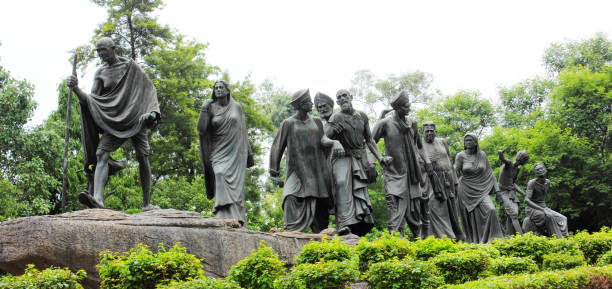Essay on Dandi March
Mahatma Gandhi led the Dandi March, also referred to as the Dandi Satyagraha, the Dandi March, or the Dandi March. It was a peaceful civil disobedience movement in colonial India. The twenty-four-day march, which was a direct action campaign of tax resistance and nonviolent protest against the British salt monopoly, took place between March 12, 1930, and April 6, 1930. Millions of Indians were inspired to join the fight for independence from British rule by the march, which was one of the most important occasions in the country's independence movement.
History
Under Gandhiji's direction, the Congress resolved to start the Civil Disobedience Movement in 1930. It was the Dandi march, or the salt satyagraha, that launched this campaign of civil disobedience. Gandhiji was always coming up with new ways to oppose the government, and this time he wanted to violate the salt law, which granted the government the exclusive right to manufacture and sell salt.
Starting the Movement
The movement began on March 12, 1930, when Gandhiji left Gandhi's Sabarmati Ashram in Ahmedabad and marched to Dandi with about 78 of his supporters. A number of people joined along the way, and they arrived in Dandi after travelling 385 km in 25 days. Here, Gandhiji disobeyed the law by gathering and boiling the natural salt that was left on the shore. The British government was challenged by this breach of the salt law. As the movement gained traction, violating the salt law came to represent people's disapproval of the government, and the initiative gained national traction. Prominent figures such as C Rajagopalchari and Sarojini Naidu have been observed spearheading comparable demonstrations and marches outside salt depots across the nation, including in the states of Gujarat and Tamil Nadu. Numerous women made up a large portion of the thousands of people who watched these protests.
Significance
The salt march was undoubtedly one of the most noteworthy occasions. First of all, because the news was being extensively covered by the American and European press, it attracted attention from around the globe. Second, a sizable proportion of women participated. Finally, it forced the British government to acknowledge that their time as the dominant force in India was limited.





